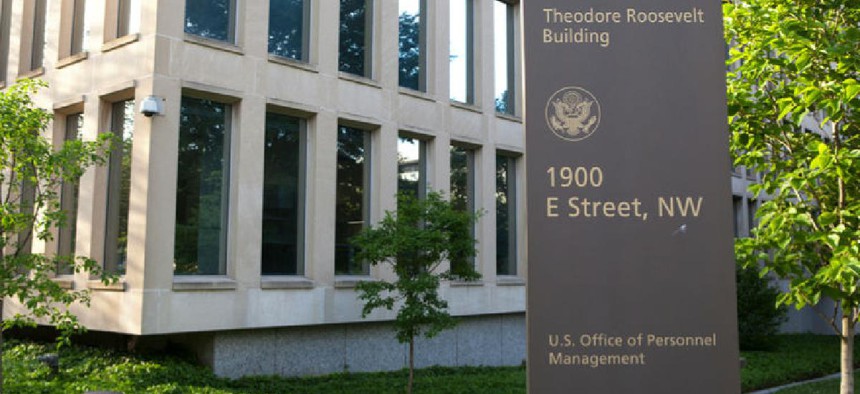New OPM ‘playbook’ supports government hiring surge

Agencies need to staff up to implement the bipartisan infrastructure law, OPM says.

The Office of Personnel Management wants to help agencies bring a “talent surge” into government.
On Wednesday, the agency released a new Talent Surge Executive Playbook and a fact sheet on hiring authorities available to agencies, which OPM encourages them to capitalize on in the new playbook.
In a Dec. 1 memorandum to agency chief human capital officers, ,OPM Director Kiran Ahuja wrote that “agencies face acute need right now.”
Ahuja pointed to the recent passage of the bipartisan Infrastructure Investment and Jobs Act, saying that “agencies will be front-and-center carrying through on this commitment to build back better.”
“The jobs needed to implement the [legislation] are on top of other critical hiring needs the Federal government faces to invest in our communities, support the nation’s economy, and advance justice,” she continued.
The Biden administration has already signaled its intention to hire up in government. Biden’s fiscal year 2022 budget request asks for an increase of over 50,000 full-time equivalent civilian employees in the executive branch.
OPM says that the playbook, which compiles information on existing human resources flexibilities, authorities and other information, is intended to be used as a resource by agency leaders and HR professionals to “hire quickly, and with scale.”
The playbook itself goes through the stages of workforce planning, recruiting, hiring, assessment and retainment. It doesn’t contain new policies, although it does refer readers to OPM changes made already during the Biden administration.
OPM flagged the incorporation of effective assessments as a goal for agencies' use of the playbook. The new document has a section on improving the use of assessments in federal hiring, with links to multiple existing resources.
Most competitive, public-facing federal job postings rely on self-assessments, a trend that was targeted in a Trump-era executive order and has been the subject of pilots meant to reevaluate federal hiring assessments.
The document also has sections on workforce planning, recruitment, hiring and on retention, where OPM points to diversity and inclusion and workplace flexibilities like telework, among other strategies.
Ahuja also asserted OPM’s role and position in issuing such a document in the memo accompanying it, writing that “these tools are the latest in a series of guidance documents issued by OPM to help agencies ensure that they have the talent they need to address our challenges head-on.”






